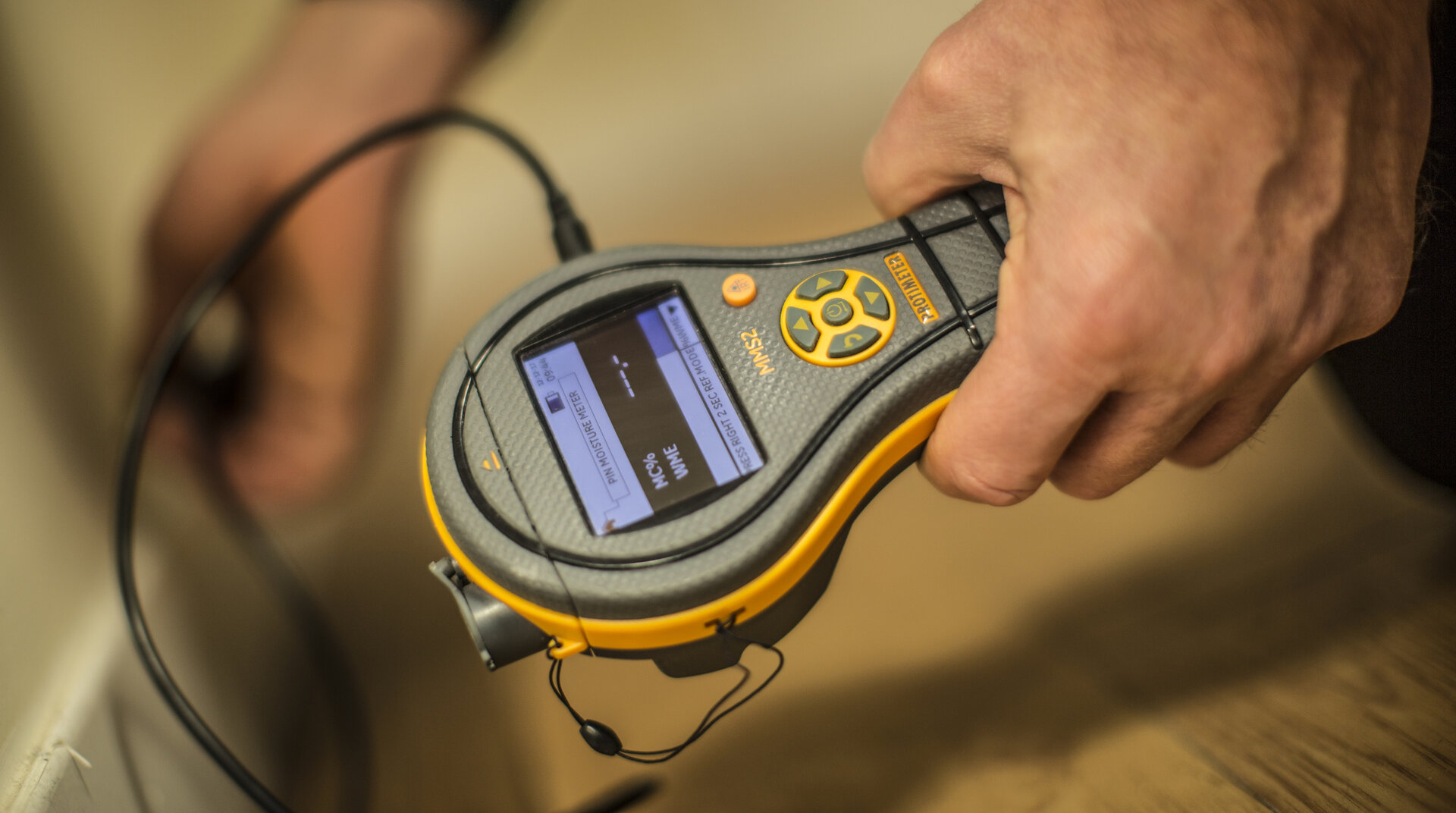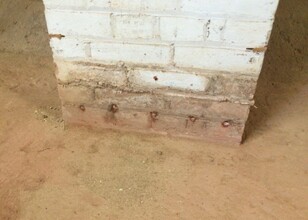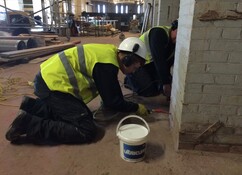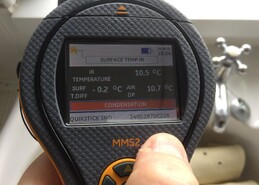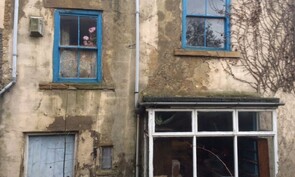Dampness
If you suspect a dampness problem in your property it is essential that this is diagnosed by a qualified professional to ensure that the correct treatment is specified to avoid unnecessary work and expense. Our surveyors at Hepple Property Care have almost sixty years combined experience in damp proofing and have inspected thousands of properties in the North East of England, both domestic and commercial.
Over the years we have encountered many stories from clients who have engaged so called 'specialists' who have carried out surveys and treatments without the correct training and expertise. All of our inspections are carried out by a qualified C.S.R.T. (Certificated Surveyor in Remedial Treatment) surveyor which is the nationally recognised qualification for surveyors who specialise in damp diagnosis and timber decay in buildings.
Rising Damp
This is the term commonly known for the passage of water rising from the ground by capillary action. In older properties where a damp course is either absent, fractured or has broken down, water can rise up through the foundations causing damage to masonry, plasterwork and decorative finishes. Where rising damp has occurred, ground salts will also usually be present within the masonry and plasterwork.
These salts which are normally nitrates and chlorides are hygroscopic which means they have the ability to absorb moisture from the atmosphere. Any timbers that are in close proximity to dampness or built into masonry walls will also be at risk from fungal decay once the moisture content is typically above around 20%. This can then lead to further problems with fungal decay such as Dry and Wet Rot if left unchecked.
Our trained technicians at Hepple Property Care are able to carry out the correct treatment to prevent rising damp using a variety of methods. The most common treatment being removal of the affected wall plaster, installation of a new chemical damp course and specialist replastering. We are able to offer long term guarantees and insured guarantees where required (http://www.gp-insurance.co.uk/)
Bridging Damp
This is low level dampness caused by the bridging of an existing damp course. This can be due to several factors such as internal plaster, external render, debris in the cavity or flower beds/high ground level allowing moisture to travel over and bypass an existing damp course. Whereas rising dampness can cause dampness to heights in excess of 1 metre, bridging damp will typically be encountered at a wall/floor junction. While some remedial work will be necessary it is not to the same extent as for a damp course installation.
Condensation
In recent years this has become the most common type of dampness found in properties. As we strive to improve the thermal values of our homes through better insulation, double glazing etc, consideration is not always given to providing the required ventilation to remove excess moisture from the property. This is mainly a problem encountered in the winter months where warm moist air is present in a building, this comes into contact with a cold surface and is cooled below the dew point.
Condensation then occurs as moisture is released which can cause water on walls, windows, furnishings etc and is often accompanied by unsightly mould growth. To overcome this, suitable heating should be maintained, ideally a constant low background heat coupled with suitable ventilation. Our surveyors are trained to recognise the symptoms of condensation and surveys are carried out visually and with the aid of electronic moisture meters, hygrometers and temperature sensors. We are then able to recommend the correct measures to overcome this including installing insulated room vents, trickle and boost extractor fans and loft/room ventilation units.
Penetrating Damp
This is caused by structural problems to the building fabric or poor maintenance/wear and tear. Some examples of this are defective or blocked rainwater goods, defective roof coverings, pointing to masonry, defective external joinery etc.
If left unattended these problems can lead to dampness internally and any adjacent timbers may also be at risk from fungal decay such as Dry and Wet Rot. We are able to identify these details where possible by carrying out a survey of the building and can quote for necessary repairs.
